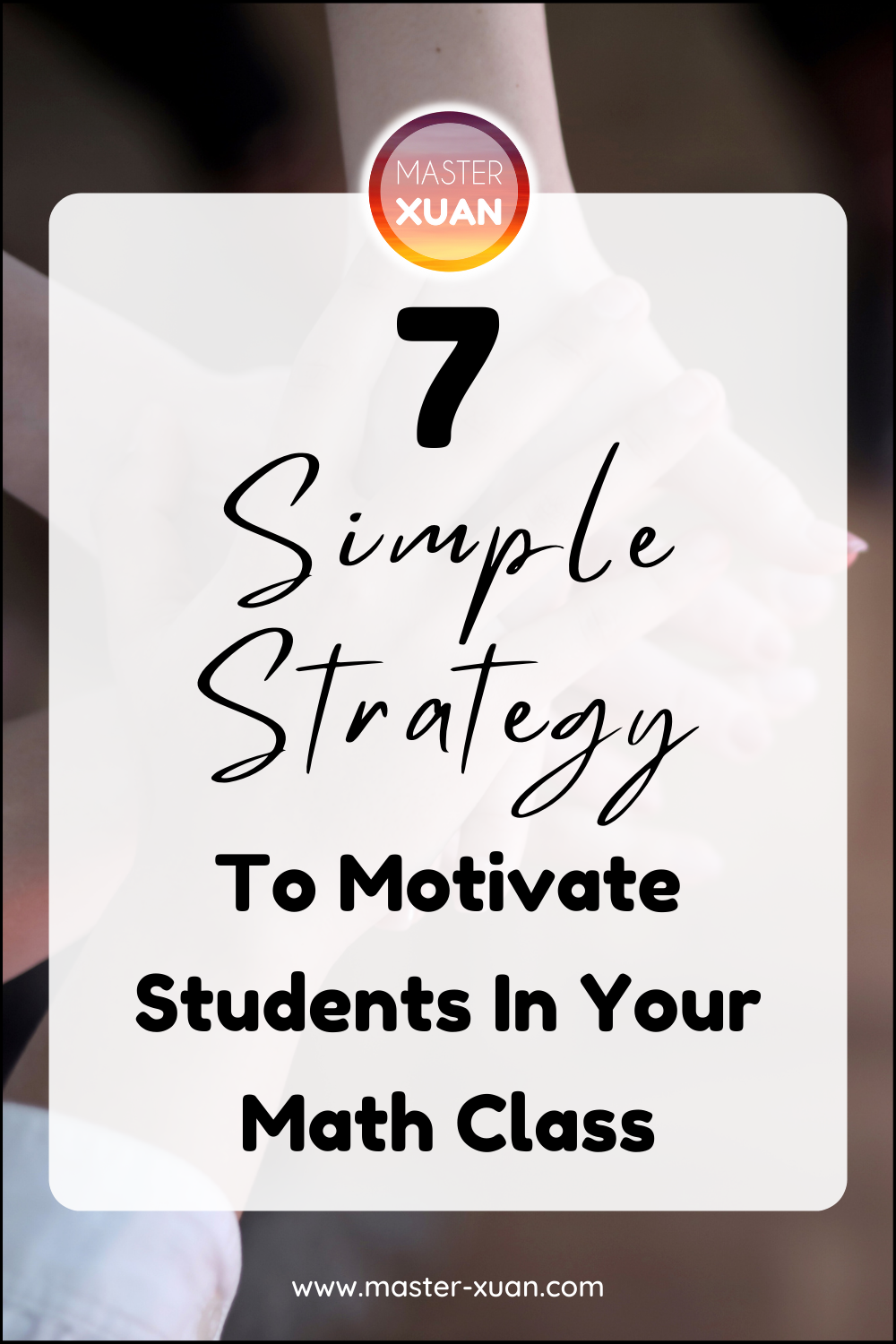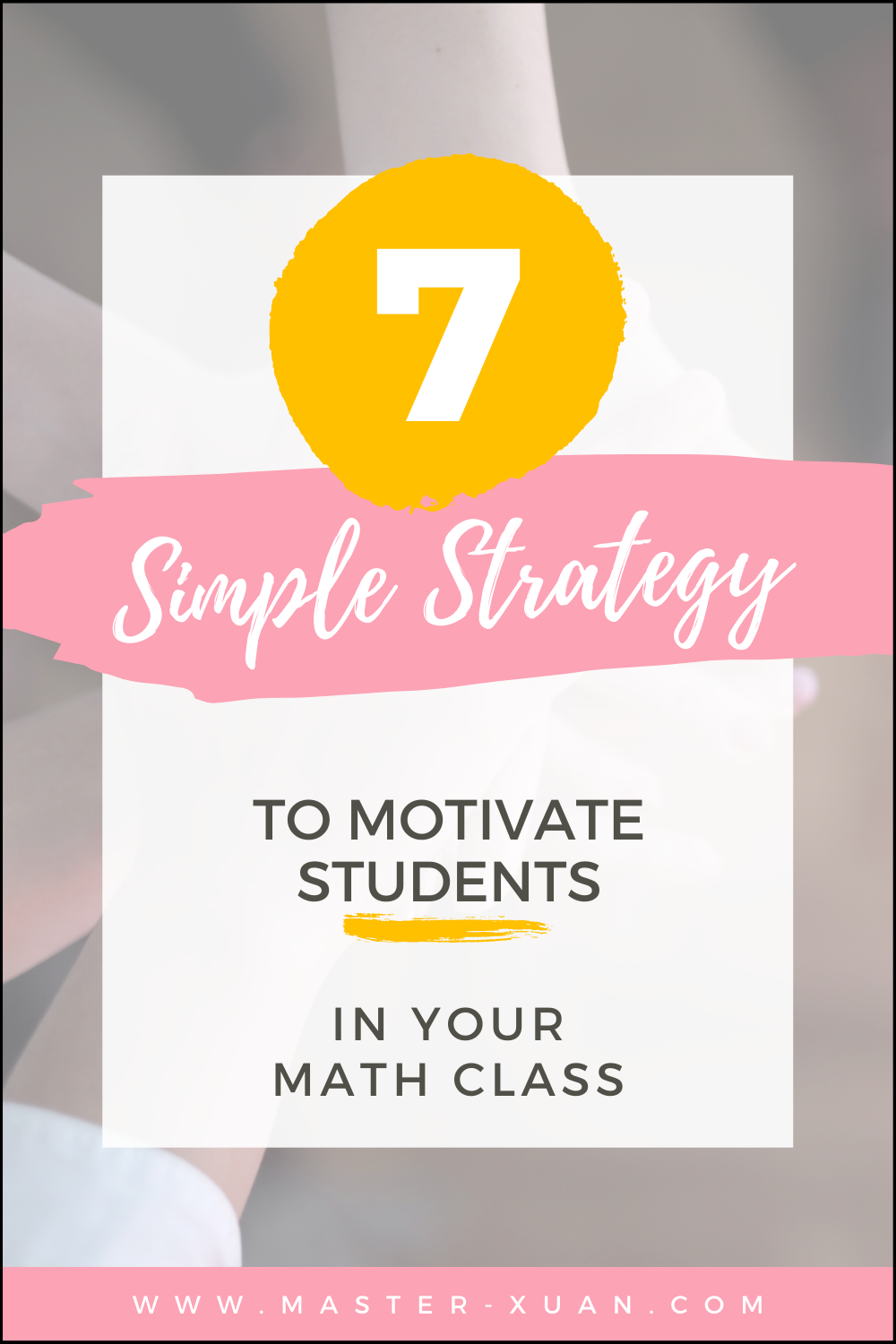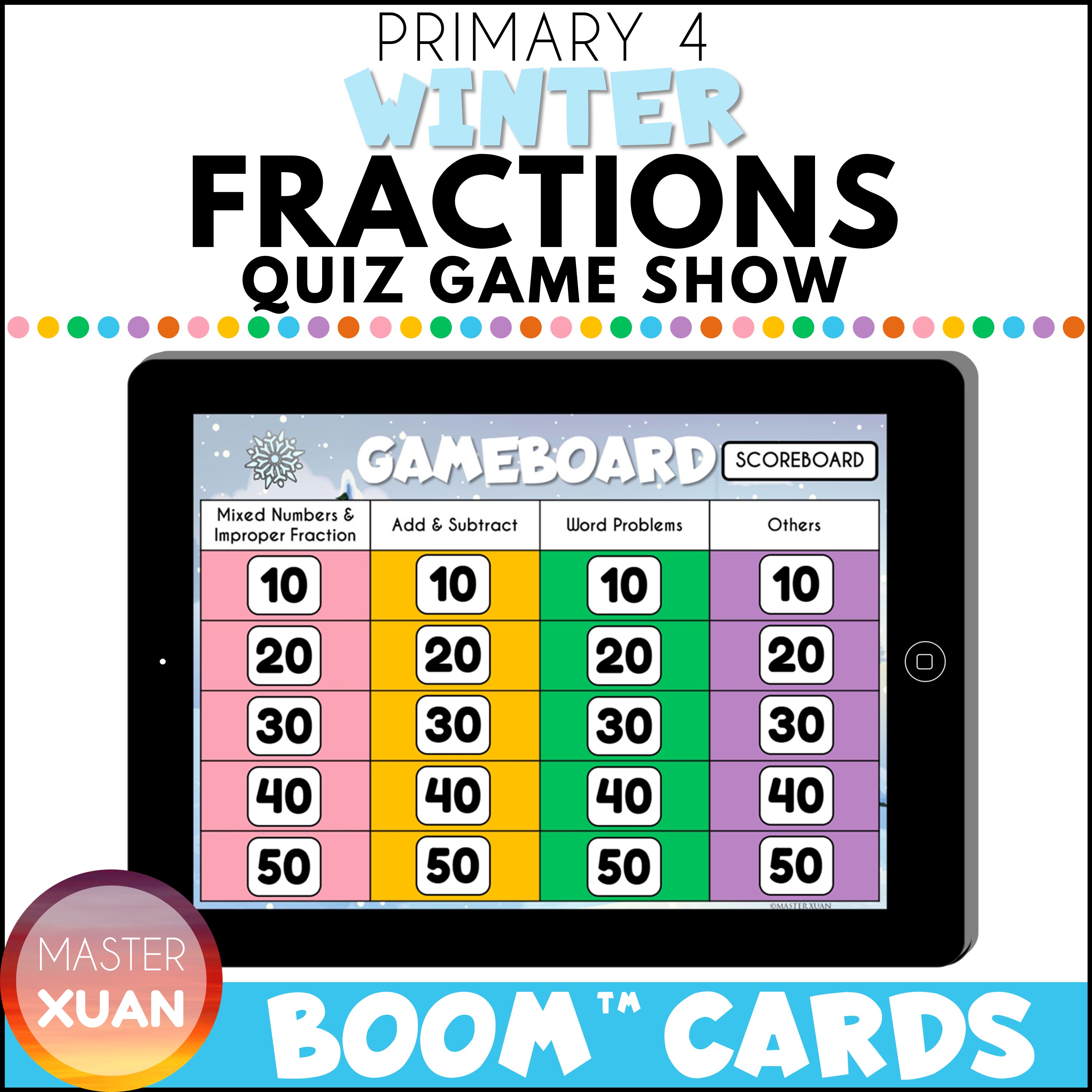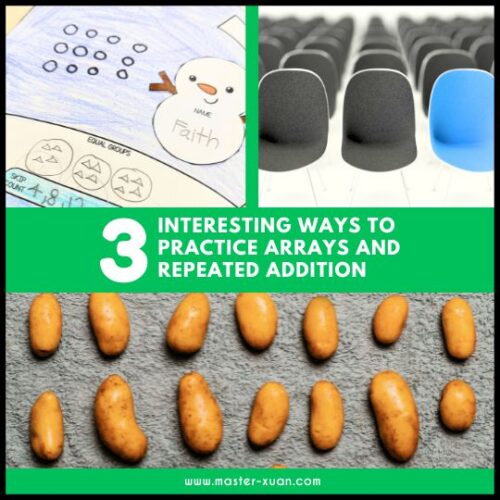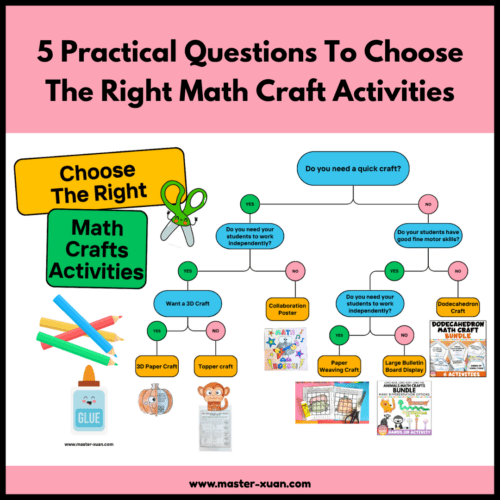Are you looking for a strategy to motivate students? Not sure how to motivate students in classroom? Want to learn some techniques to motivate students? Then read on to learn how teachers motivate students, after all, we all know teaching motivated students is always much enjoyable and satisfying.
1) Reward
Giving rewards to incentivize is a common way teachers and parents use to motivate students. There is some controversy about it but undeniable, it is the easiest and the most common way adults do to motivate students.
The reward can be of many forms, like a physical gift (i.e. brag tag), or a special right to do (i.e. pick a game) or not to do something (i.e. homework pass).
Younger kids may need to be able to earn and receive rewards with a shorter duration. At the same time, they are easier to be satisfied with simpler rewards.
Rewards will only work if the student values them. So finding the reward that will motivate each student will be the key.
Do take note that how much your students want the reward will determine how long-lasting it will be able to motivate your students.
2) Set goals
Setting goals with your students help students to have clarity in their journey of learning.
No matter is it extrinsic or intrinsic goals when students write down their goals, they are already one step nearer to it.
Like a vision board, affirmation, and manifestation, constant reminders of their goals will help to motivate students.
Remind them how their action brings them closer to their goal and ask them to be more intentional.
3) Give them choices
Students like to make their own choices. Let them learn to take responsibility for their decision.
I believe that as students make their own decision, it increases the chance of follow-through. That is why many teachers like to get their students involved in coming up with class rules.
If possible, give students the autonomy to choose what types of questions or activities to do during math lessons. When they have an active say, student engagement deepens!
Some teachers do it through a choice board. They even let students be involved in the creation of choice boards.
As students are given the right to choose, they will choose the activity that they prefer and are more willing to complete it.
4) Be the spokesperson for math
I still remember the smile on my math teacher’s face when she said the challenging question was interesting as she taught me.
Students can feel and be affected by the teacher’s enthusiasm. So show your interest in the subject. Spread your love and excitement for math.
5) Peer teaching
“If you want to cut your learning curve in half, learn with the intention of teaching it to somebody else.”
~Jim Kwik
When students know that they are going to teach someone the knowledge they are learning in class, they will be so much more focused when learning.
This is because they are very clear about the purpose and when they bear some responsibility on their shoulder, they will be more serious about it.
So consider encouraging them or assigning them to teach a lower grade or peers as a volunteer.
Encourage them to find different ways to explain the concepts if the targeted audience doesn’t get them the first time.
They will feel a sense of accomplishment when the person being taught learned from them. Hopefully, it will be the start of the confidence and competence loop.
“When you teach something, you get to learn it twice. When you learn with the outcome to teach it to someone, you own that information more.”
~Jim Kwik
6) Showcase their work

Students will put in more effort if they know their work is going to be showcased to others.
There is a matter of pride and purpose involved in this strategy.
Students who love to be the center of attention or like to share will be motivated to stay on task and complete the work.
7) Have fun
Let’s be honest here, the above 6 techniques to motivate students don’t work as well as this simple strategy to motivate students in your math class: Make math fun and interesting.
You may spark students’ curiosity by letting them discover for themselves the relevance of math skills to their lives.
Have them discover how other people use math in daily life. Make it interesting by hearing from the experts or professionals themselves.
Another way (the easiest and most straightforward way) to make maths lessons fun is to use a variety of games and activities.
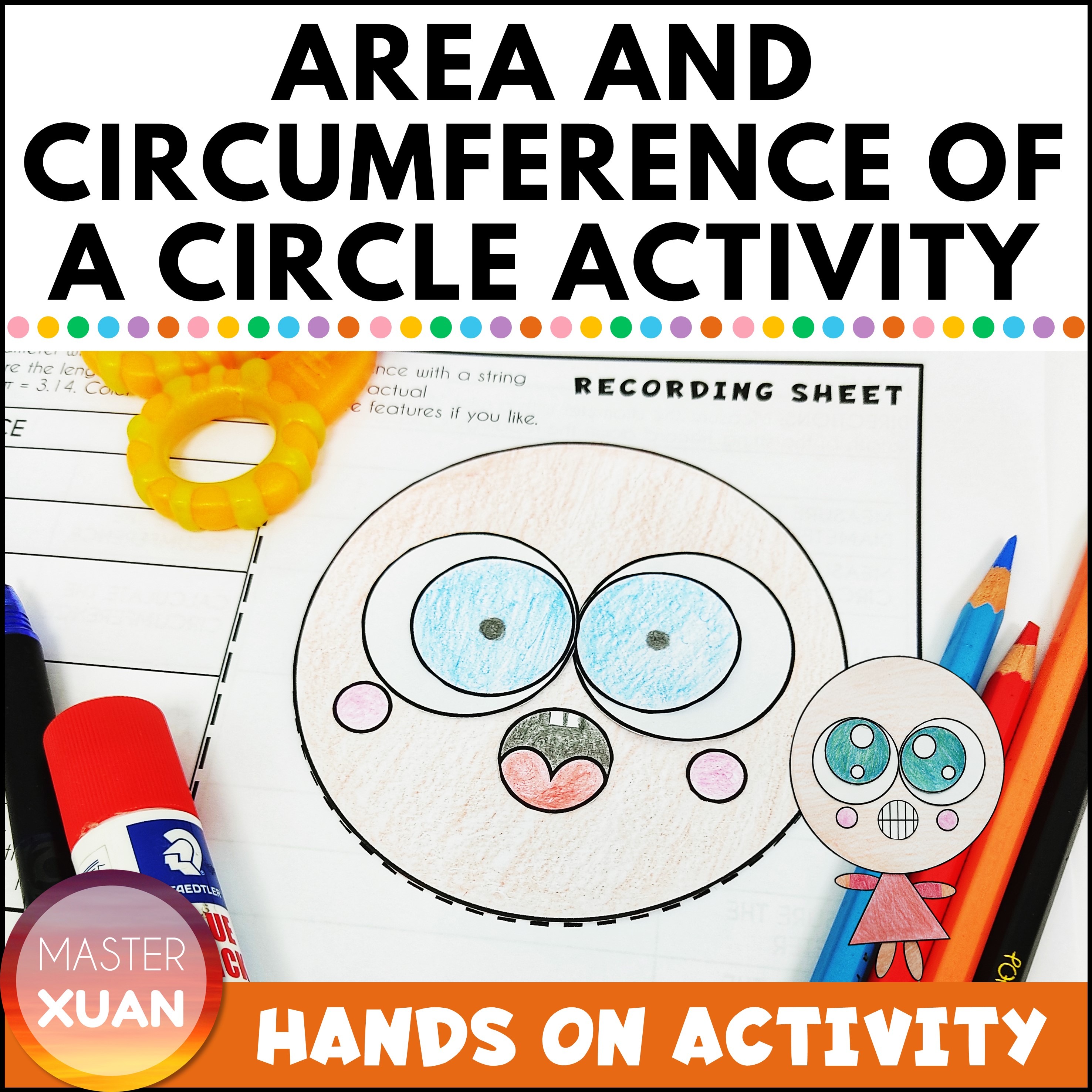
Students will be more interested to learn, will be able to focus for a longer duration when they are having fun (though their idea of fun may vary).
When students are more willing to learn and are interested in what was being taught, they will obtain better academic results.
(P.S. For some fun and interesting website, check out this blog post: 5 Free And Useful Websites For Teaching Resources That Engage Students.)
That’s why there is much support for game-based learning or play-based learning. So you can consider gamified math lessons.
Conclusion
It is hard to motivate every student in class but as a teacher who wears many hats, there will always be times when we need to act like a cheerleader for our students. When the task on hand is very hard to have fun with, consider the other 6 options.
Among the 7 strategies, which strategy to motivate students do you think is the most efficient?
- Reward
- Set goals
- Give them choices
- Be the spokesperson for math
- Peer teaching
- Showcase their work
- Have fun
Here are some pins that you can save to bookmark this post. Save them to your Pinterest Board now! ↓
